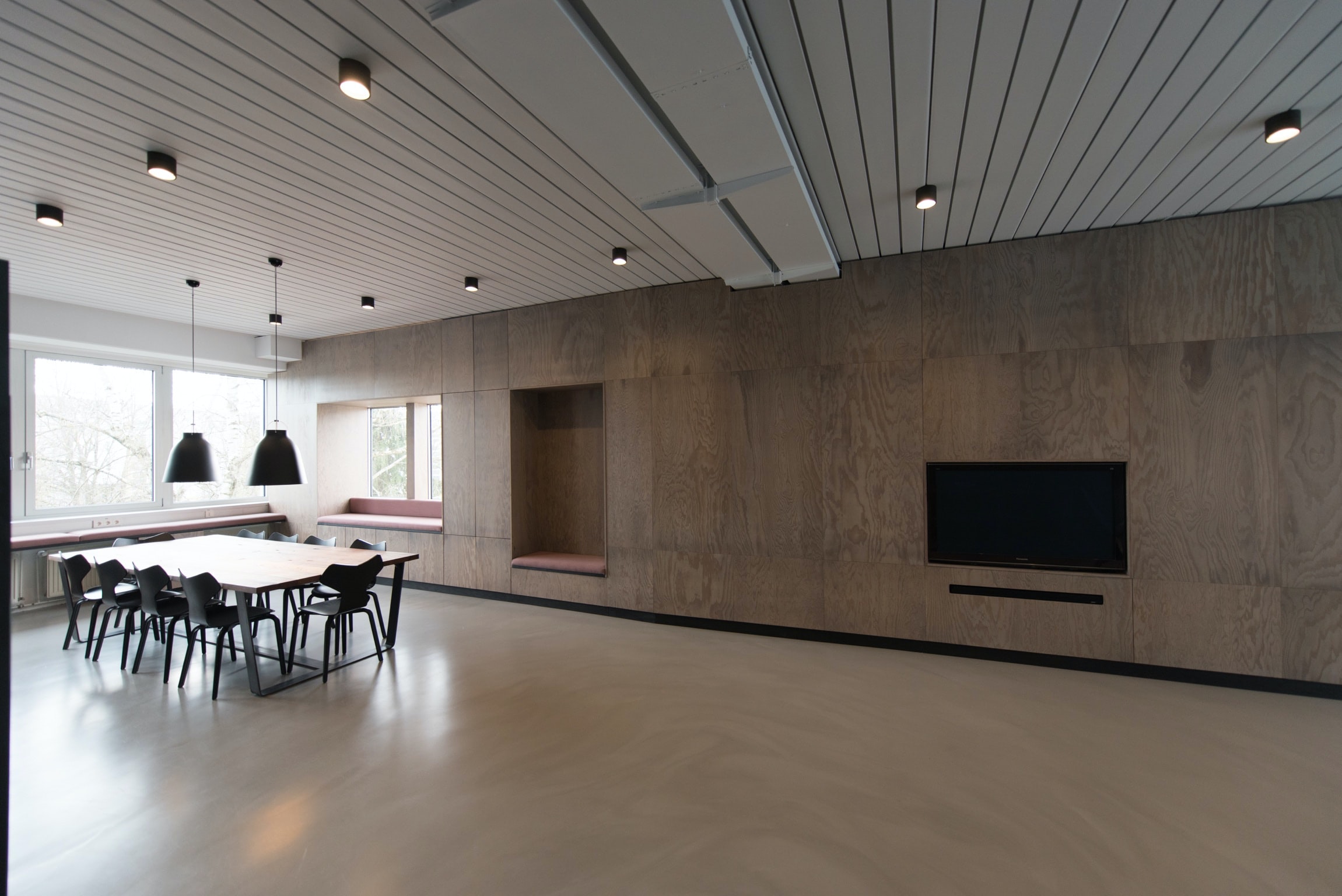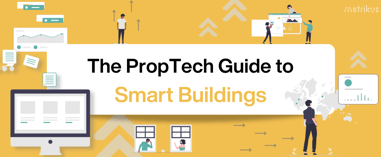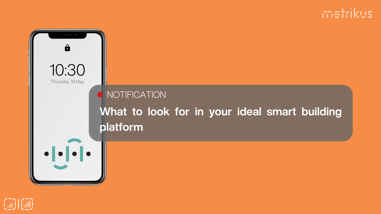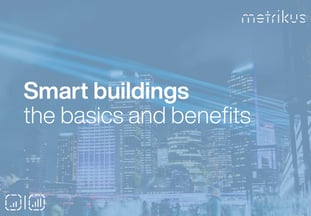What is a smart office? Discover the key features and benefits
Until relatively recently, smart buildings were seen as something out of an idealistic sci-fi movie. But today, the technology exists to make them a reality, and buildings are getting smarter each day, even if you can’t always tell at a first glance.
Offices around the world make up some of the smartest buildings out there. Companies are realising they need to embrace technology to make their offices as smart, responsive and adaptable as possible. The global smart office market size was valued at $31.37 billion in 2020, and is projected to reach a staggering $90.63 billion by 2030 – with a CAGR of 11.1% from 2021 to 2030.
With the word ‘smart’ being thrown around all the time, we thought we’d go back to basics, and have a look at some of the key features of a smart office.
What is a smart office?
A smart office is a space where the adoption of technology creates a more efficient, productive, and healthy place to work. A system of sensors and devices work together to collect and utilise data in a way that benefits the company, its employees, and the environment.
The best way to measure how ‘smart’ a building really is, is to look at how well the different systems within it talk to each other. The smartest offices will be able to respond effectively to the immediate and ongoing needs of employees, as well as the long-term and ever-changing needs of the company.
After all, there’s no point having an office packed with all the latest tech unless it’s actually adding value to your company and improving employee experience.

What are the key benefits of a smart office?
- Improve space utilization – businesses around the world could realize savings of $1.5 trillion in reduced rental costs by avoiding wasted office space
- Increase efficiency – having a robust predictive maintenance program in place can reduce breakdowns by 70%, reduce downtime by 35-45% and reduce maintenance costs by 25-30%
- Reduce costs – building energy management systems can deliver energy savings of 20% to 30%
- Optimize employee health and productivity – poor indoor air quality can cause an 11% reduction in productivity
What are the key features of a smart office?
There are so many things that can help to make offices smarter, but we’re going to focus on these five that achieve the benefits listed above.
- Occupancy monitoring
- Indoor air quality monitoring
- Smart maintenance
- Smart energy usage
- Employee apps
1. Occupancy monitoring
Occupancy monitoring involves using smart sensors to gather data about how space is being used. It allows companies to use their office more efficiently, leading to big cost savings.
Having access to real-time data takes away the need for any guesswork, providing facility management teams with a constantly updated source of accurate information.
And over time, patterns in usage can help companies to work out how much space they actually need, and ensure employees are getting the best out of their office.
Read our blog to find out why the COVID-19 pandemic has made occupancy monitoring even more important in the workplace.
2. Indoor air quality monitoring
Indoor air quality monitoring is all about measuring and optimising the quality of the air we breathe indoors. Smart sensors installed in offices can monitor a wide range of parameters, from CO2 to PM2.5.
Alerts can be set up when these parameters exceed optimal levels, and any necessary changes can be made automatically via your building management system (BMS).
Improving indoor air quality is a great way to enhance employee wellbeing and productivity. And as the COVID-19 pandemic has shown, it’s an invaluable tool for making spaces safer and healthier.
A recent study suggested that enhancing indoor air quality could be as effective in reducing aerosol transmission of viruses as vaccinating 50-60% of the population. It seems like a no brainer to monitor and improve air quality in offices to protect us against COVID-19, and cold and flu seasons to come.
3. Smart energy usage
As offices become smarter and more connected, it's easier than ever for companies to reduce their energy usage. This is not only great for the planet, but also helps to reduce overheads.
IoT technology can be used to control lighting, lifts, and other energy-consuming systems. This improves efficiency by ensuring that energy is only used when it’s really needed.
And in addition to installing smart technology, there’s lots of other easy steps companies can take to reduce their carbon footprint.
4. Smart maintenance
We all know how annoying it is when things in the office are broken. Smart technology can reduce the time and effort to report broken or missing equipment, and increase first-time fix rates.
And in some instances, data can be used to predict and solve issues before they even become a problem. Proactive or preventative maintenance is much less expensive than reactive maintenance and helps companies to extend the life of their systems and minimise downtime.
And most importantly, it means that employees can crack on with their work instead of worrying about broken equipment.
5. Employee apps
Having a good app can transform employee experience. It helps to connect colleagues, increase collaboration, and improve efficiency.
Smart workplace apps facilitate a range of things, including access control, meeting room reservations, and desk bookings.
And they’ve really come into their own this year, enabling important measures to reduce the risk of COVID-19 transmission, like touchless entry and touchless elevator access.
So what does a smart office actually look like?
Now it comes to it, we have to admit that this is actually a bit of a trick question.
It’s almost impossible to tell how smart an office is from just looking at it. It’s all about how well technology is being used to make it a better place to work.
It doesn’t need to be an impressive looking building with loads of weird and wonderful gadgets. It’s just a space that is leveraging data analytics and connected technology in the most effective way possible.
It’s hard to predict what offices will look like going forwards, but one thing is for certain: they’re going to get smarter and smarter.
Ready to make your office smart? Get in touch with our team.




